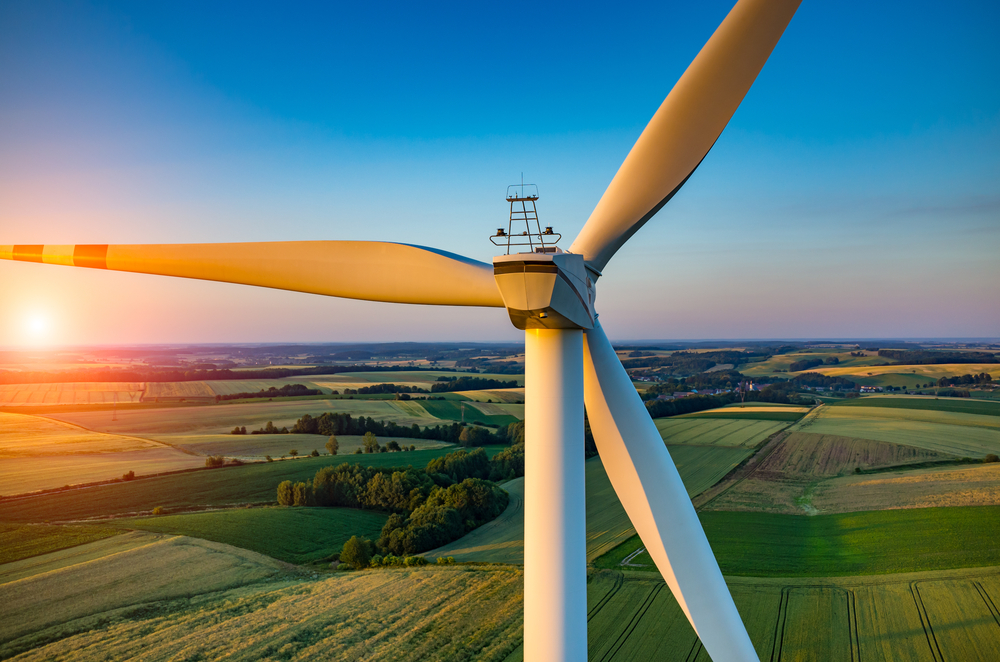Greentechmedia.com recently interviewed Modern Energy Management about the future of wind turbine technology. The original article appears below:

How Big Can Wind Turbines Get?
Pretty damn big.
by Jason Deign
December 05, 2016
If you think today’s wind turbines are big, then just wait until 2030.
By then the median hub height for U.S. onshore turbines will hit 115 meters, 33 meters above the current average. And blade tips will swing higher than the Washington Monument’s 169 meters, according to 163 experts polled in a study conducted by four energy research organizations.
Offshore wind turbines, which are already larger than their onshore brethren, are set to achieve even greater heights by 2030, the experts said.
Today’s machines, averaging 4.1 megawatts with a hub height of 90 meters, will be replaced by 11-megawatt giants with hubs 125 meters off sea level and blades spanning 190 meters. Their blade tips will scythe the air at well over twice the height of the Statue of Liberty.
And those could be average sizes.
“We asked the experts to give us a sense for the typical size of turbines in 2030, so the resulting figures should be considered midpoint estimates, not the maximum,” said Ryan Wiser of Lawrence Berkeley National Laboratory, one of the bodies involved in the research.
Bigger turbines cost less per megawatt, thanks to economies of scale and lower balance-of-plant costs, and have better performance through taller towers and longer blades.
U.S. onshore turbines have already increased twentyfold in size, from 0.1 megawatts and 18 meters in the 1980s to 2 megawatts and 82 meters in 2015.
Offshore turbines have only had a decade and a half of development in Europe, but have already grown from an average of 1.6 megawatts and 64 meters in 2000 to 4.1 megawatts and 90 meters last year.
Thanks to further increases in size, “LCOE is anticipated to decline by 24 percent to 30 percent in 2030 and by 35 percent to 41 percent in 2050, relative to 2014 baseline values,” reads the study, which is said to be the largest-ever expert elicitation survey on an energy technology.
Another trend noted by the experts is the expanding size of rotors. For the same engine size, an increase in swept rotor area increases the amount of energy captured by the machine with relatively little additional cost.
The trend toward longer blades has already helped deliver wind capacity factors above 40 percent, “a level unheard of even a few years ago,” according to Berkeley Lab.
As might be expected from a survey of diverse opinions, there was a fair amount of variability in responses, with some experts predicting that fixed-bottom offshore wind turbines could top 18 megawatts in capacity by 2030.
“European onshore and offshore typical turbine capacity in 2030 is somewhat larger than estimates for North America,” said Wiser. “There is an expectation of somewhat larger machines in Europe than North America, consistent with historical trends.”
Although the study did not consider emerging markets, Aaron Daniels, co-founder and managing director of Thailand-based consultancy Modern Energy Management, said massive turbines were rapidly becoming the norm outside Europe and America.
For example, “China has mandated development of 10-megawatt offshore wind turbines,” he told GTM.
“And the market is responding,” he said. “Eight-megawatt wind turbines with 164-meter rotors are now commercially available for this market segment, with 10-megawatt turbines planned to be released by some manufacturers.”
Even the top end of current size expectations could fall short of reality by 2030, Wiser said. “Alas, we did not ask about maximum capacities or fundamental limits,” he commented. “I would note that in the past, most claims that we were reaching a plateau have, so far at least, proven incorrect.”
Nevertheless, it is clear that wind turbines cannot carry on growing indefinitely. Wiser and Daniels both said there would likely be an upper limit for wind turbine size, potentially dictated by logistics.
“At some point I suspect there will be diminishing returns,” said Daniels. “The key is in manufacturing and shipping costs.”
Link to original article: https://www.greentechmedia.com/articles/read/how-big-can-wind-turbines-get-pretty-damn-big
